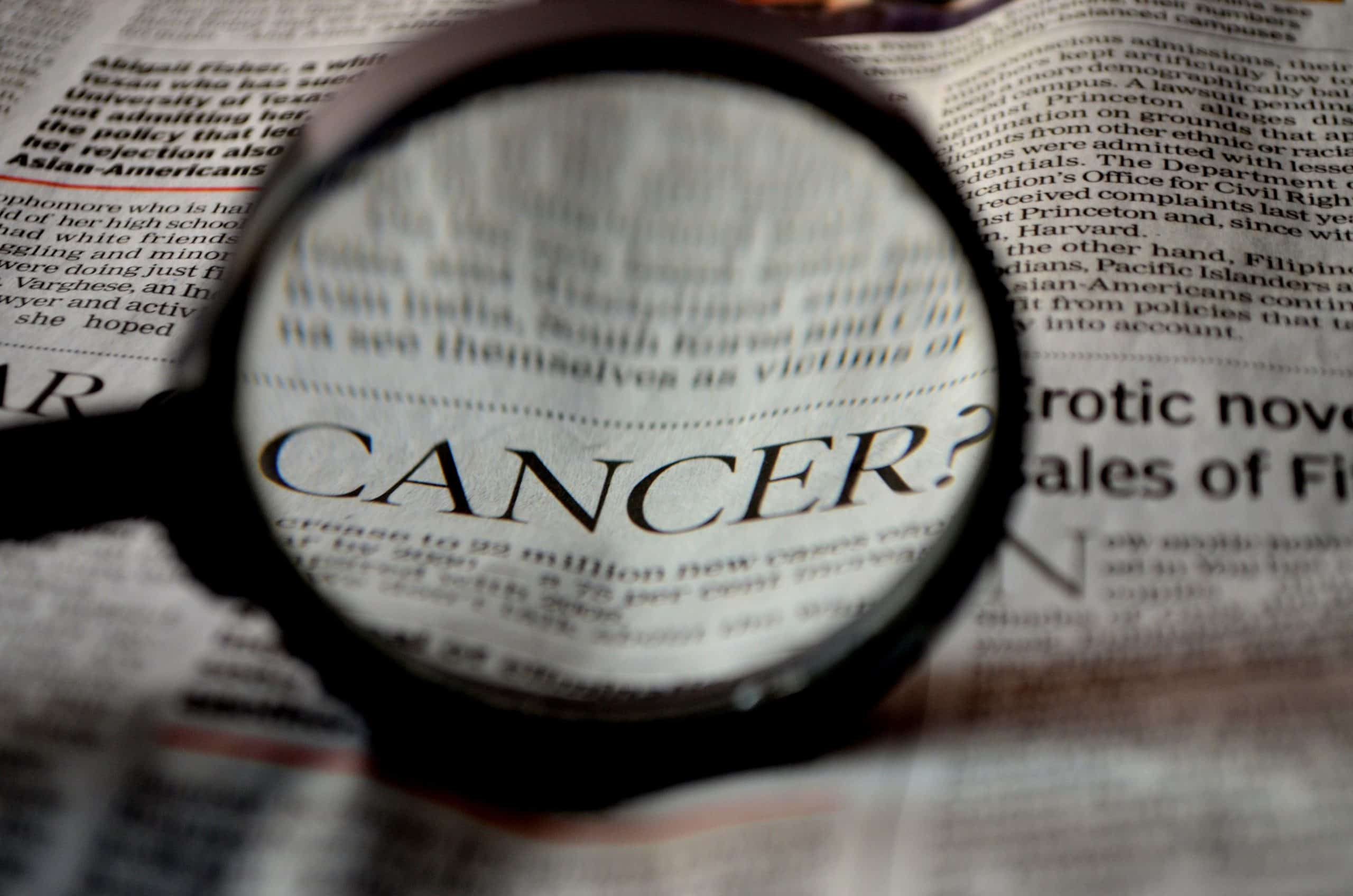
National Breast Cancer Awareness Month: Promoting Early Detection for Senior Women
National Breast Cancer Awareness Month: Promoting Early Detection for Senior Women
Breast cancer is one of the most common types of cancer among women, and National Breast Cancer Awareness Month, celebrated every October, serves as an important reminder of the critical role early detection plays in improving survival rates. This awareness month encourages education, advocacy, and action to improve breast cancer outcomes. While breast cancer can affect women of all ages, senior women are particularly vulnerable, making early detection for this group a key focus.
The Importance of National Breast Cancer Awareness Month
National Breast Cancer Awareness Month (NBCAM) was established in 1985 as a collaborative effort to promote mammography as the most effective weapon in the fight against breast cancer. Over the years, it has grown into a global campaign to raise awareness, share knowledge about prevention and treatment, and provide support for breast cancer survivors and their families.
For senior women, NBCAM is a powerful platform to advocate for regular screenings and to address the unique challenges they face. This population is more likely to be diagnosed with breast cancer, and their cases often present complexities due to factors like overall health, comorbidities, and the natural aging process. Therefore, a focused approach toward prevention, early detection, and individualized treatment is crucial.
Breast Cancer and Aging: Understanding the Risks
Breast cancer risk increases with age. According to the American Cancer Society, women aged 65 and older account for about 50% of new breast cancer diagnoses each year. Several factors contribute to the heightened risk for senior women, including hormonal changes, genetic predispositions, and lifestyle factors like diet and exercise.
As women age, the breast tissue becomes less dense and more fatty, making it easier for mammograms to detect abnormalities. However, this advantage is often offset by the fact that older women are less likely to undergo regular screenings. Some may believe that their risk decreases with age, while others may face barriers such as mobility issues, lack of transportation, or fear of the procedure itself.
Moreover, senior women may already be managing other chronic health conditions, which can complicate both the diagnosis and treatment of breast cancer. Understanding these complexities is essential for healthcare providers to offer tailored support and encourage early detection practices.
The Role of Early Detection
Early detection is a key factor in improving breast cancer outcomes, especially for older women. Mammograms, clinical breast exams, and breast self-awareness all play important roles in identifying cancer at its earliest and most treatable stage.
For senior women, regular mammograms are essential. The U.S. Preventive Services Task Force recommends that women between the ages of 50 and 74 get a mammogram every two years, though some guidelines suggest continuing screenings beyond that age if a woman is in good health. The benefits of early detection for senior women cannot be overstated, as early-stage breast cancer is often easier to treat and has a higher survival rate.
In fact, according to the National Cancer Institute, when breast cancer is detected at a localized stage (meaning it hasn’t spread beyond the breast), the five-year survival rate is 99%. This underscores the importance of routine screenings and early diagnosis, especially for older women who may assume that the risk of breast cancer decreases as they age.
Barriers to Early Detection in Senior Women
Despite the clear benefits of early detection, there are barriers that prevent many senior women from accessing regular breast cancer screenings. Some common obstacles include:
- Lack of Awareness: Many older women may not be aware of their ongoing risk for breast cancer or the need for regular mammograms. They may assume that once they reach a certain age, they no longer need to worry about breast cancer.
- Mobility and Transportation Issues: Seniors may face challenges in getting to screening appointments due to mobility limitations or lack of access to reliable transportation.
- Healthcare Access: Access to healthcare services can be limited for some senior women, particularly those in rural areas or those living on fixed incomes.
- Fear or Anxiety: Some older women may avoid screenings due to fear of the results or anxiety about the procedure itself, especially if they have never had a mammogram before.
- Comorbidities: Managing multiple health conditions can make it difficult for seniors to prioritize breast cancer screenings, particularly if they feel overwhelmed by other medical issues.
Promoting Early Detection: What Can Be Done?
Healthcare providers, caregivers, and communities all play a role in promoting early detection for senior women. Here are some strategies to help overcome the barriers mentioned above:
- Educational Campaigns: Tailored awareness campaigns aimed at senior women can help dispel myths about breast cancer risk in older age and emphasize the importance of continued screenings. These campaigns can be run in senior centers, healthcare facilities, and through online platforms to reach a wide audience.
- Mobile Mammography Services: Bringing mammography services directly to communities, especially in rural areas, can help increase screening rates among senior women who may have transportation issues.
- Healthcare Provider Encouragement: Doctors and nurses can play a key role in recommending regular mammograms to their senior patients, explaining the importance of early detection and addressing any concerns they may have.
- Support Services: Offering emotional and logistical support, such as transportation assistance or help with scheduling appointments, can reduce the barriers to getting a mammogram.
Conclusion
National Breast Cancer Awareness Month is an important opportunity to promote early detection efforts, especially for senior women. With age being a significant risk factor for breast cancer, regular screenings, and increased awareness are vital. By addressing the unique challenges that senior women face, we can improve early detection rates, offer better support, and ultimately reduce the impact of breast cancer in this population.

